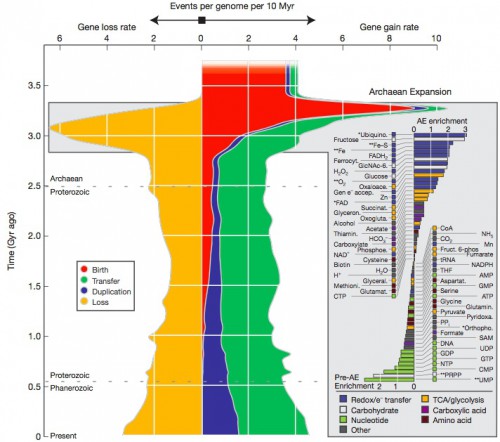The last mission of the space shuttle will contain a student-initiated experiment: a collection of bobtail squid embryos will be launched into space. Which is cool, I suppose. I like squid, I like space, I like science, I like student research, let’s just throw them all into one big tossed salad of extravagantly expensive tinkering.
So why am I so disappointed?
Because the experiment is so trivial and uninteresting. The squid Euprymna has a commensal relationship with the luminescent bacterium, Vibrio. Early in their development, special organs in the squid are colonized by the bacteria; the squid provides a privileged environment for Vibrio growth, the bacteria give Euprymna a glowing organ that is thought to camouflage itself when viewed from below against a moonlit sky. This is a really cool phenomenon that has engaged the interest of many researchers, and there is serious work being done on the genetics and development of the symbiosis.
But, you know, I’ve never seen any speculation that gravity is a significant factor in the interaction. There’s cilia, and there are secreted amino acids, there is a mucus trap, and there’s a venting process, but gravity? Why would that matter?
I suspect the experiment was chosen because it’s easy for the shuttle engineers and technicians. Load up some chambers with embryos, launch it into space where it will require minimal attention from the crew, assay the results, that is, the development of the light organ, when it returns to earth. The results don’t matter. NASA will check off an item on a list, and say, yep, we did experimental embryology on the shuttle, and we gave a little bit of space to a student research project.
And what will the results be? Most likely, the light organ will be colonized and develop perfectly normally, because there’s no reason to think that microgravity will affect it. Or there will be abnormalities, which could either be because delicate embryos do not take well to the abuse of a shuttle launch, so we’re seeing the effect of stress, or there will be some surprising peculiarity in development that suggests maybe microgravity does make a difference, but repeating and expanding the experiment to puzzle out what’s going on will be out of the question.
I get the impression that NASA is simply filling a quota of interdisciplinary research for PR purposes, with only a nominal investment in the project. I wish I could be more of a cheerleader for the combination of space and developmental biology, but I haven’t yet seen an engaging project that would actually help me understand anything. There’s good science that we do because we really want to find an answer, and there’s lazy science that we do just because we can. This is an example of the latter, I’m sorry to say.






